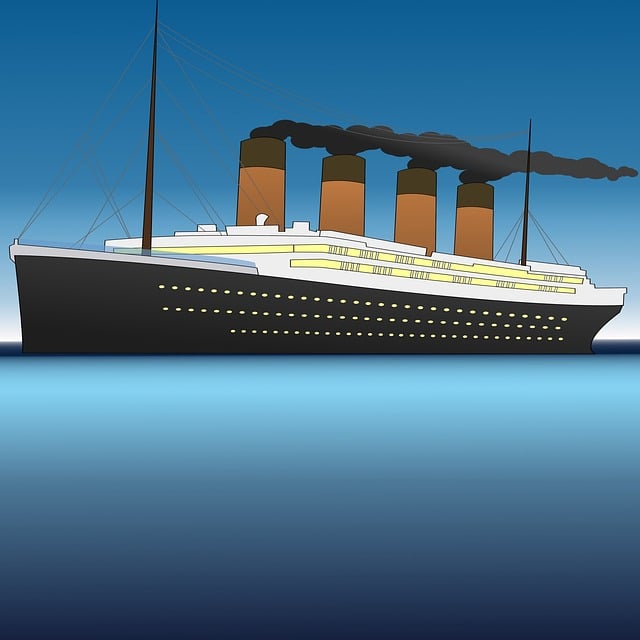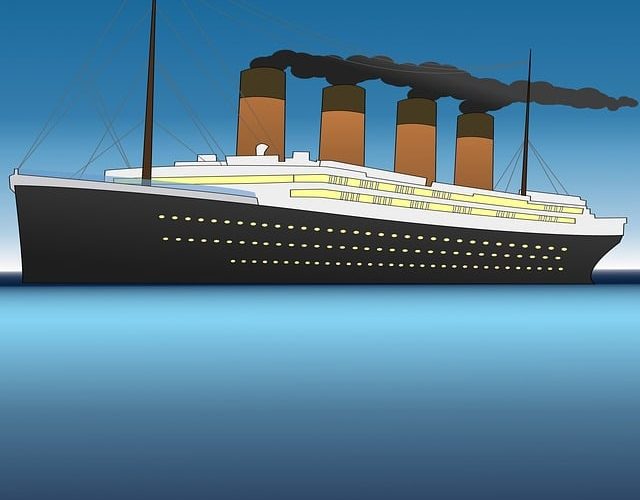But here’s where it gets really interesting. The ship’s builders thought they were practically invincible. Many believed that the Titanic’s compartments could keep the ship afloat even if several were breached. It was like thinking you can fill your bathtub and still walk away—only to forget to put the plug in. As those compartments flooded, the ship began to tilt, and that’s when the chaos ensued.
And let’s talk about lifeboats for a second. You’d think a ship deemed “unsinkable” would have enough lifeboats for everyone, right? Wrong! Titanic carried only enough for about half her passengers. It’s as if someone threw a huge party but forgot to send out the invites.
So, while those icy waters did their part, it was really a perfect storm of decisions, pride, and sheer bad luck that led to one of history’s most infamous maritime disasters.
The Mistakes That Led to the Disaster
First off, there’s the classic case of poor planning. Imagine setting off on a road trip without a map or GPS; it’s a recipe for getting lost. Similarly, in many disasters—be it a natural calamity or a major corporate failure—leaders often rush into action without a solid strategy, leaving themselves wide open for chaos. With that hastiness comes the tendency to overlook critical details, like not accounting for unforeseen variables.

Let’s not forget accountability. When no one takes responsibility for their actions, it’s like trying to find a needle in a haystack. You end up in a blame game, where no one owns up, and the mistakes keep piling up. This lack of accountability can hinder growth and learning and lead organizations straight down the path to disaster.
Recognizing these blunders helps us understand the finely woven fabric of mistakes that unravel into calamity. By shedding light on them, maybe we can start weaving a stronger story for the future.
How It Changed Maritime Safety Forever
With GMDSS, ships gained access to advanced communication technologies that act like a lifeline when emergencies strike. Imagine being in the vast ocean, and your vessel is suddenly engulfed by trouble. GMDSS empowers sailors to instantly send distress signals that can be picked up by nearby ships and rescue services, much like a flick of a switch lights up an entire room. It’s the difference between shouting into the void and calling for help with a perfectly tuned megaphone.
Moreover, this safety system uses satellite technology, which provides unmatched reliability. It’s like having a global safety net—and who wouldn’t want that while navigating through unpredictable waters? The ability to receive weather updates in real-time has reshaped how seafarers plan their journeys. Instead of sailing blind, they now can anticipate rough seas and adjust their course ahead of time.

























Add comment